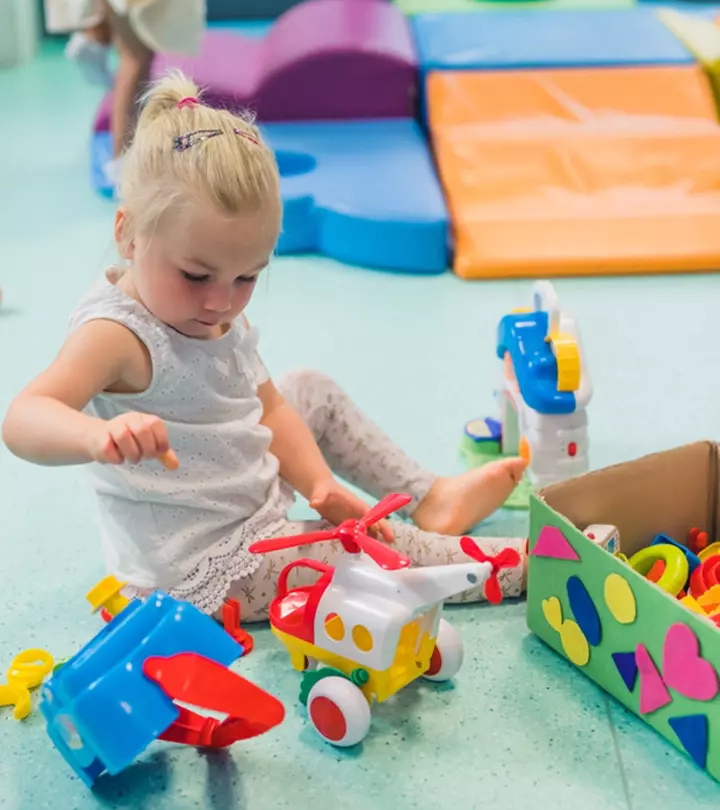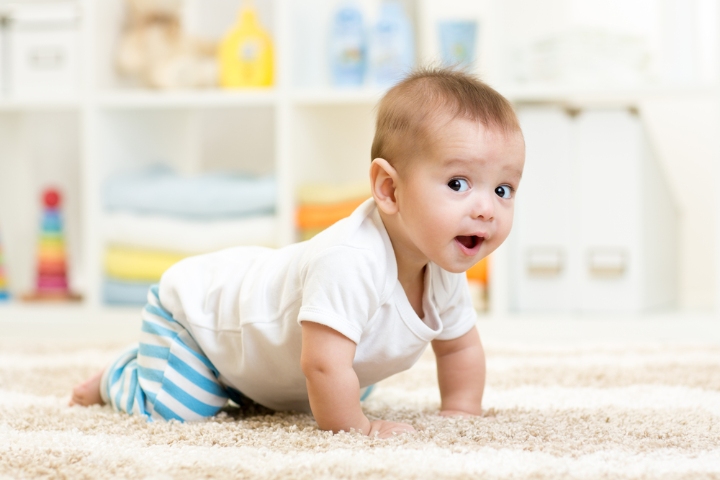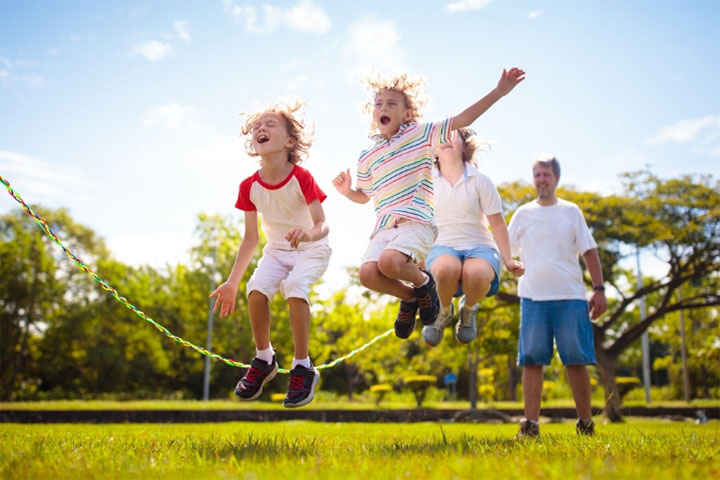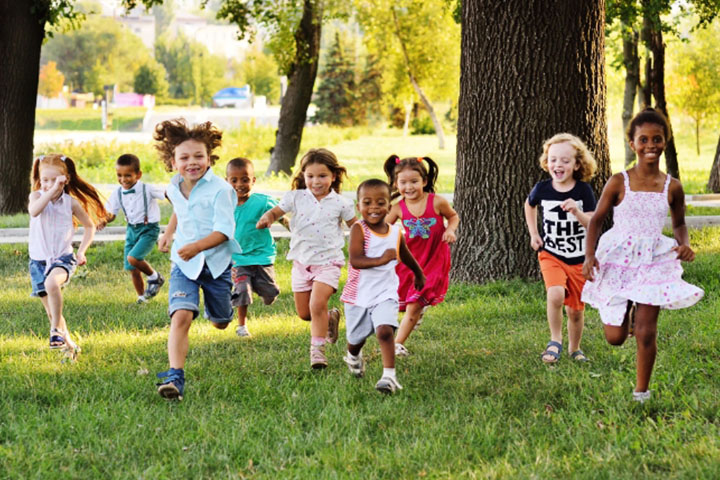
Image: Shutterstock
Watching our little ones grow and reach important milestones is a source of joy and wonder. From the moment they start moving independently, we eagerly witness their development of gross motor skills – the abilities that involve large muscle groups and enable them to control their bodies in various ways. Understanding the progression of these skills is crucial for parents and caregivers as it helps ensure that children are reaching their milestones timely and developing a solid foundation for physical activity and overall development. In this article, we will explore the stages of gross motor skill development in babies, toddlers, and preschoolers, and discuss the significance of fostering these skills.
Babies (0-12 months)
During the first year of life, babies experience remarkable growth and transformation. They transition from being entirely dependent on caregivers to becoming more mobile and exploratory. Some significant milestones in gross motor skill development during this period are discussed below.
1. Lifting the Head
Image: Shutterstock
Around 2-4 months, babies start to gain control over their neck muscles and can lift their heads during tummy time (1). This strengthens their neck and shoulder muscles, laying the foundation for further development.
2. Rolling Over
Between 4-6 months, babies begin to roll from their back to their tummy and vice versa. This achievement enhances their core strength and coordination.
3. Sitting
By 6-9 months, most babies can sit with support and maintain balance (3). As their back muscles strengthen, they gradually gain the ability to sit unassisted.
4. Crawling
Image: Shutterstock
Around 8-12 months, babies start to explore their surroundings by crawling (4). This stage involves coordinating movements of the arms and legs, developing strength and coordination.
5. Pulling Up
Between 9-12 months, babies may begin to pull themselves up to a standing position using furniture or adult support (5). This milestone helps strengthen their leg muscles and prepares them for the next stage of development.
Toddlers (1-3 years)
Toddlers are known for their boundless energy and constant exploration of the world around them. During this period, their gross motor skills progress significantly as they gain more control over their bodies and movements.
1. Walking
Image: Shutterstock
Around 12-15 months, most toddlers take their first steps and begin to walk independently (6). As they build strength in their legs and improve their balance, they transition from crawling to walking.
2. Running and Jumping
Between 18-24 months, toddlers start to run, often with an adorable wobbly gait (7). They also develop the ability to jump off the ground with both feet, showcasing their developing leg strength and coordination.
3. Climbing
Image: Shutterstock
Toddlers become enthusiastic climbers around 2 years of age. They enjoy conquering stairs, furniture, and playground equipment, honing their balance, strength, and spatial awareness.
Preschoolers (3-5 years)
Preschoolers continue to refine and expand their gross motor skills, gaining more control, strength, and coordination. Their movements become smoother and more purposeful.
1. Hopping And Skipping
Image: Shutterstock
Around 3-4 years, preschoolers start to hop on one foot and attempt skipping. These activities require balance, coordination, and muscular control.
2. Climbing And Swinging
Preschoolers are more adept at climbing and can tackle more challenging structures, such as climbing walls or rope structures. They also enjoy swinging higher and more independently, strengthening their upper body muscles.
3. Balance And Coordination
Preschoolers develop better balance, enabling them to walk along narrow beams or balance on one foot for a short period. They also improve their coordination, performing activities that involve catching, throwing, and kicking with greater accuracy.
4. Running With Agility
Image: Shutterstock
Preschoolers refine their running skills, gaining more speed and agility. They can change directions quickly, navigate obstacles, and participate in organized sports or games.
Fostering Gross Motor Skills
As parents and caregivers, we play a crucial role in supporting and promoting the development of gross motor skills in children. Here are some strategies to help foster their growth:
1. Create A Safe Environment
Ensure that the indoor and outdoor spaces where your child plays are safe and free from hazards. Provide age-appropriate equipment and toys that encourage movement and exploration.
2. Offer Opportunities For Active Play
Image: Shutterstock
Encourage your child to engage in various physical activities such as running, jumping, climbing, and riding a bike or scooter. Plan regular trips to the playground, where they can practice and refine their gross motor skills.
The development of gross motor skills is a vital aspect of a child’s overall growth and development. By understanding the milestones and fostering these skills through play, exploration, and support, we can help our little ones build a solid foundation for physical activity and lifelong well-being. Embrace the joy of watching your child’s movements develop and celebrate each milestone as they journey through their early years. However, if you have concerns about your child’s gross motor skill development, consult with a healthcare professional or a pediatric therapist. They can assess your child’s abilities, provide guidance, and recommend appropriate interventions if necessary.



















